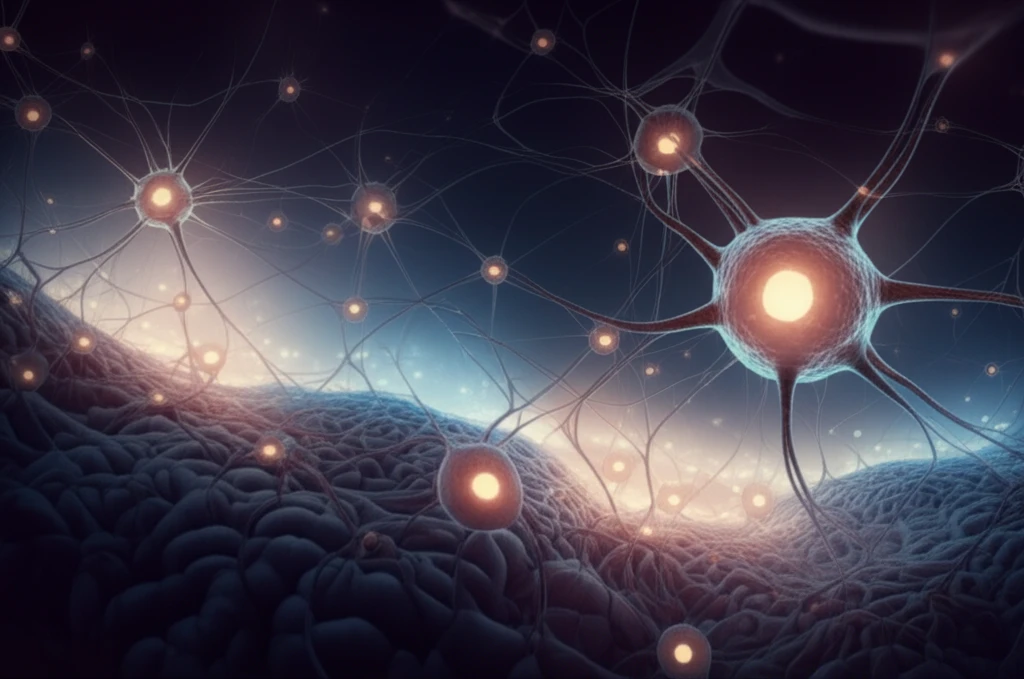
Brain Transplants: Unlocking the Potential of Embryonic Cells for Future Therapies
"Exploring how embryonic neocortex transplants adapt and differentiate in adult mouse brains, offering insights into regenerative medicine and personalized treatment approaches."
The central nervous system's (CNS) limited capacity for regeneration makes tissue repair and functional preservation a high-priority research area. Neurotransplantation, using low-differentiated neural cells, offers a promising avenue for treating traumatic brain injuries and neurodegenerative diseases.
Recent studies highlight that transplanted cells can survive within the recipient's brain tissue by producing factors that suppress local inflammation and modulate glial reactions. These cells can differentiate into mature neurons and integrate into the host's neural networks, potentially restoring lost functions.
While the effects of neurotransplantation are increasingly viewed from a trophic influence perspective (supporting existing cells), understanding how transplanted cells develop and differentiate remains crucial. Research into the individual characteristics of these transplants is essential for optimizing their therapeutic potential.
How Do Embryonic Neocortex Transplants Develop in Adult Mouse Brains?

Researchers investigated the development and differentiation of allogeneic neocortical cells, extracted from embryos at different developmental stages, after transplantation into the intact brains of adult mice. The study aimed to understand how these transplants adapt and integrate into the host brain, focusing on cell migration, differentiation, and the formation of neural structures.
- Age-Dependent Differentiation: Transplants from different age groups (12.5, 14.5, and 19.5 days) showed unique patterns of cell migration, differentiation, and fiber growth.
- Specialized Neuron Formation: Only 12.5-day transplants formed spiny pyramidal neurons, typical of layer V of the cerebral cortex.
- Unexpected Cell Types: Catecholaminergic neurons, not typically found in the brain cortex, differentiated in 14.5-day transplants.
- Variable Migration: Extensive cell migration from the transplant was observed in a few cases across all age groups.
- Astrocyte Accumulation: Some transplants showed a dense accumulation of astrocytes.
- Glia Response: In all cases, the recipient's glial cells responded to the transplant, though extensive glial barrier formation was rare.
Why are Individual Differences Important for Future Therapies?
The study underscores that even with standardized procedures, each transplant exhibits unique characteristics in development, differentiation, and interaction with the host brain. These individual differences are critical for optimizing neurotransplantation techniques.
By recognizing and understanding these individual peculiarities, researchers and clinicians can better tailor neurotransplantation methods to achieve more predictable and successful outcomes. This personalized approach could significantly enhance the effectiveness of regenerative medicine for CNS injuries and neurodegenerative conditions.
Future research should focus on identifying the factors that contribute to these individual variations, such as donor age, cell type, and recipient characteristics. Further exploration into the mechanisms driving cell migration, differentiation, and glial responses will pave the way for more refined and effective neurotransplantation strategies.
